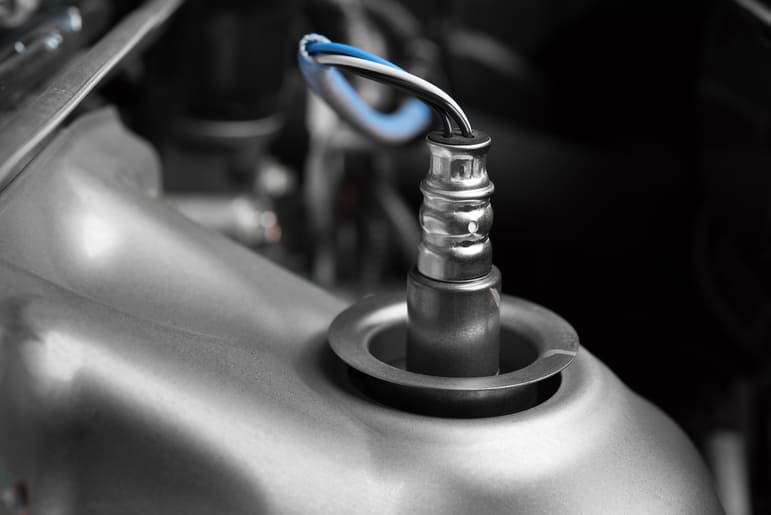
Help keep your engine breathing properly by checking your lambda sensor.
Somewhere hidden in the recesses of your memory, the word lambda might be ringing some bells. The symbol used to denote lambda, λ, might jog your memory even more. Lambda is the term used to indicate the length of any wavelength in maths and physics and has long been a part of the UK school curriculum. But what has this got to do with your car?
A lambda sensor takes its name in part from how it operates, measuring output waveforms in different engine modes to see how much oxygen is coming out of your exhaust.
Essentially, this sensor measures the ratio between gasoline and air, the amount of oxygen in the exhaust gas. It does this to make sure that the amount of gasoline is fine-tuned and that the catalytic converter can clean it.
There are many benefits to having a fully-functional lambda sensor and it can cause a lot of problems if it goes wrong. So to make sure you are on the right wavelength, here is our in depth guide to what a lambda sensor is, how it works, and how to spot if it is going wrong.
The lambda sensor is a small probe first developed by Volvo in the 1970s. The lambda sensor location is the same on every car and it can be found on the car exhaust, between the exhaust manifold and the catalytic converter. In principle, the lambda sensor is the same as an oxygen sensor. Newer cars might even have two lambda or O2 sensors and the second will be located right behind the catalytic converter. Diesel cars do have lambda sensors just like petrol cars.
The lambda sensor works with the catalytic converter and they ‘report’ on the exhaust gas that blows through the catalytic converter. The sensors measure the ratio of gasoline and air to ensure that the amount of gasoline that is injected is exactly what is needed and that it can be cleaned by the catalytic convertor. This fuel-air ratio is the stoichiometric ratio, or the lambda ratio (hence the name of the sensor).
So just how does a lambda sensor work?
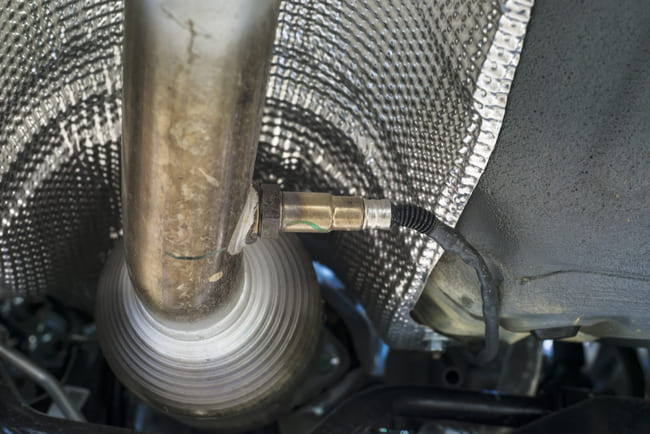
The lambda probe takes the measurements of the amount of oxygen and will adjust the fuel amount that is sent to the engine cylinders by optimising the air and fuel mixture. This optimised air-fuel mixture means that the engine can operate at peak performance. As the lambda sensor is located before the catalytic converter, it can measure the amount of air and fuel in the unburnt hydrocarbons after the combustion. It will be able to tell, therefore, if there is too much air, meaning more fuel needs to be injected, or too many carbon atoms or harmful emissions, meaning more air is required to react with the fuel. It will also make sure that the catalytic converter, which removes harmful, toxic by-products of the combustion process when they are expelled from the car, is working properly. This makes a lambda sensor vital for complying with the EU regulations on pollution and CO2 emissions, something that has received a huge amount of media attention in recent years.
The data, once collected, is sent to the Electronic Control Unit (ECU) and this controls how much gas is released, hence decreasing polluting emissions.
There always needs to be the right amount of fuel reaction with the appropriate amount of air in the combustion process. If there is not as much air in the mixture as there should be the engine is ‘running rich’ and there is excess, unburned fuel. Unburned fuel creates pollution, the stuff we’re trying to avoid. On the other hand, when there is too much air in the fuel mix, then it is ‘running lean’. A lean fuel mix tends to produce more nitrogen-oxide pollutants, also toxic things that we should avoid. It can also cause poor engine performance and possible engine damage.
Similarly, the lambda sensor does affect fuel consumption as well as the performance. Having too much fuel being injected into the engine is obviously going to mean that you will be filling up more often. Having the right lambda sensor readings, then, is incredibly important.

How do I test my lambda sensor?
Testing a lambda sensor to see if it is still working couldn’t be any easier.
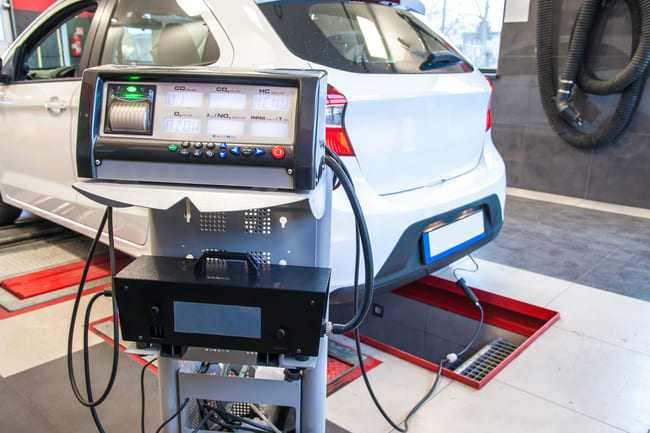
You can check your lambda sensor with an exhaust tester or a four-gas emission analyser. This is carried out in just the same way as your emissions test and can also be done at a garage too. The lambda value is calculated by looking at changes in the composition of exhaust gas over 60 seconds.
You can also use a multimeter. Connect it parallel to the signal line of the sensor andand set it to 1V or 2V. When you start your engine, a reading between 0.4–0.6V should appear. Once the engine is up to temperature, the reading should alternate between 0.1–0.9V.
Finally, there are devices specifically for testing your lambda sensor. As you would with a multimeter, connect the tester to the signal line, and when you achieve the correct temperature, your reading will be displayed using the LED scale.
What should a lambda sensor read?
This is pretty simple – it should read 1. If it is less than 1 (λ < 1) it means that your air-fuel mix is rich and if it is more than 1 (λ > 1) it means the mix is lean.
Why do lambda sensors fail?
There are a number of problems for lambda sensor failure. The heater element is a resistive material that resists electron flow thus producing heat and this is the most common cause of early failure. The resistor burns through opening the circuit, meaning that the sensor fails. Here the sensor has to be replaced. If the circuits connecting the electrical circuits connecting the sensing electrodes to the PCM breakdown, this will also lead to the sensor not working. Contaminates on the outside of the sensor can also build up, coming either from the road or from the engine itself, blocking the air inlets and meaning that it cannot assess the oxygen level of the exhaust gases.
Symptoms of a bad lambda sensor
If the lambda sensor is defective, no data will be sent to the ECU, which will then use faulty information. This will most likely increase the fuel consumption, and subsequently, the polluting emissions. This could also mean that the catalytic converter becomes blocked and then that must be replaced.

The first indicator of a lambda sensor fault will be the check engine light on your dashboard – if this light is on, it could be that your lambda sensor is faulty.
There are also some performance issues that can indicate a faulty sensor: When starting the car can be jerky and stutter; there could be an unusually high fuel consumption; the engine doesn’t accelerate as well as normal; the amount of emissions has risen.
When should I replace the lambda sensor?
The lifetime of a lambda sensor is around 93,000 miles driven. However, this could be shorter depending on numerous factors that can damage it, mainly because of anomalies coming from the engine. Leaks from the exhaust can also damage the probe.
Many people want to know how to clean lambda sensors when they are, for example, covered in carbon and are no longer functioning. This is, however, a difficult process and should be left to a professional.
How long do lambda sensors last?
Because of how they work and that they are located in an extremely hot and dirty environment, lambda sensors do wear out over time. Several things can affect your sensor’s lifespan, but typically, it should last anywhere between 50 to 100 thousand miles.
Early sensors didn’t have a heating element and they needed the exhaust temperature to reach a specific heat to operate. Modern sensors are fitted with a heating element, taking a lot of the pressure off the sensor and meaning they have a much longer lifespan.
If you’re going to be taking your car in for an MOT soon, be aware that a defective lambda sensor will fail your car. If you think it is faulty, get it sorted first. Driving without the lambda sensor is highly inadvisable since it makes sure that your car does not emit more CO2 than allowed by the EU laws.
What Lambda sensor do I need?
There are hundreds of lambda sensors available, but you should always make sure to replace your sensor with one that is exactly the same specification as your previous one. You should always check what your manufacturer recommends as you will need the right option for your ECU.
How much does a lambda sensor replacement cost?
A new lambda sensor costs between £100 and £200 on average (the spare part itself) and it takes a little time for the mechanic to replace it – around 1-1.5 hours. This means around a £250 total cost. You could try to replace it yourself, though this is a fiddly process.
- @JohnRo26.03.2023 04:46Member
If it takes a technician 1hr to unscrew a lambda sensor, find another one
- @user_332051731.01.2025 15:12Member
71 plate Astra Griffin..1.2 ...7500 ( only 7500) on clock...Car seems to run fine...but orange light has come on..After diagnostic...garage wants to supply new Lambda sensor...Does this seem right..?...
 @Graziana Venturi31.01.2025 15:44@user_3320517Moderator
@Graziana Venturi31.01.2025 15:44@user_3320517ModeratorYou need to connect a diagnostic stand. Read the fault codes. The codes will indicate the problem.












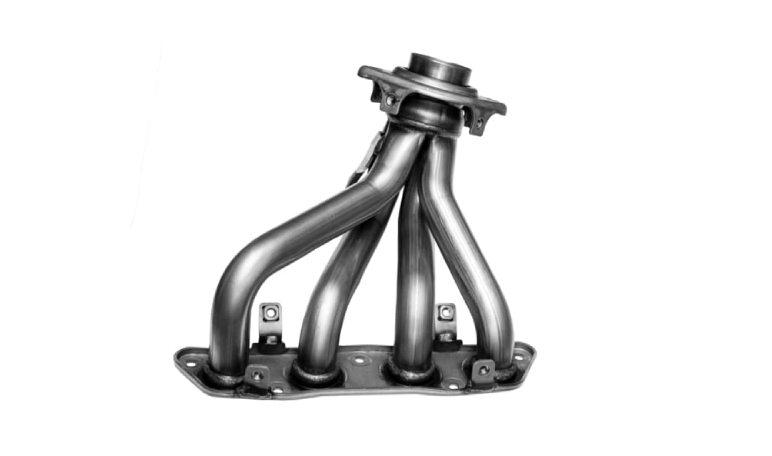
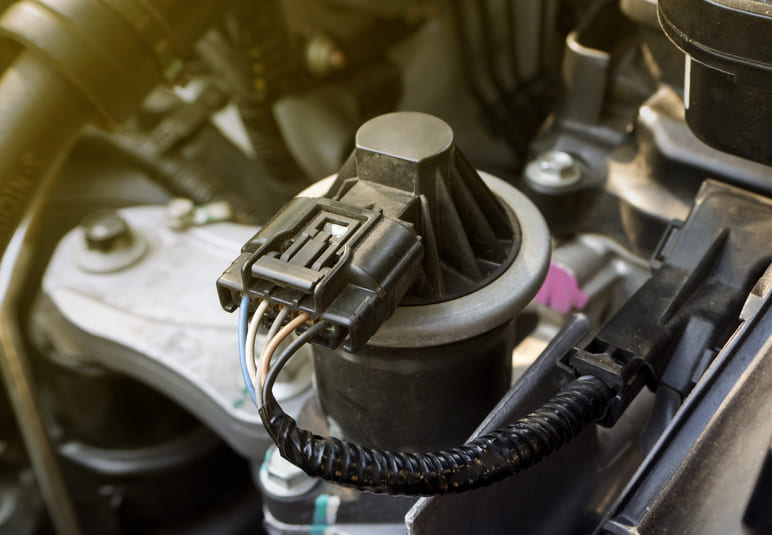


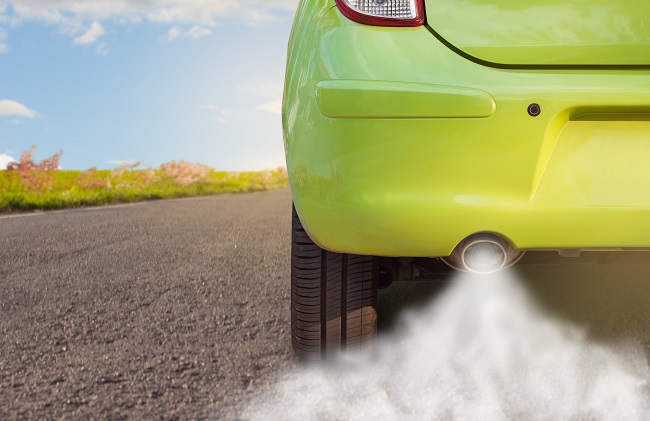

Comments – 3